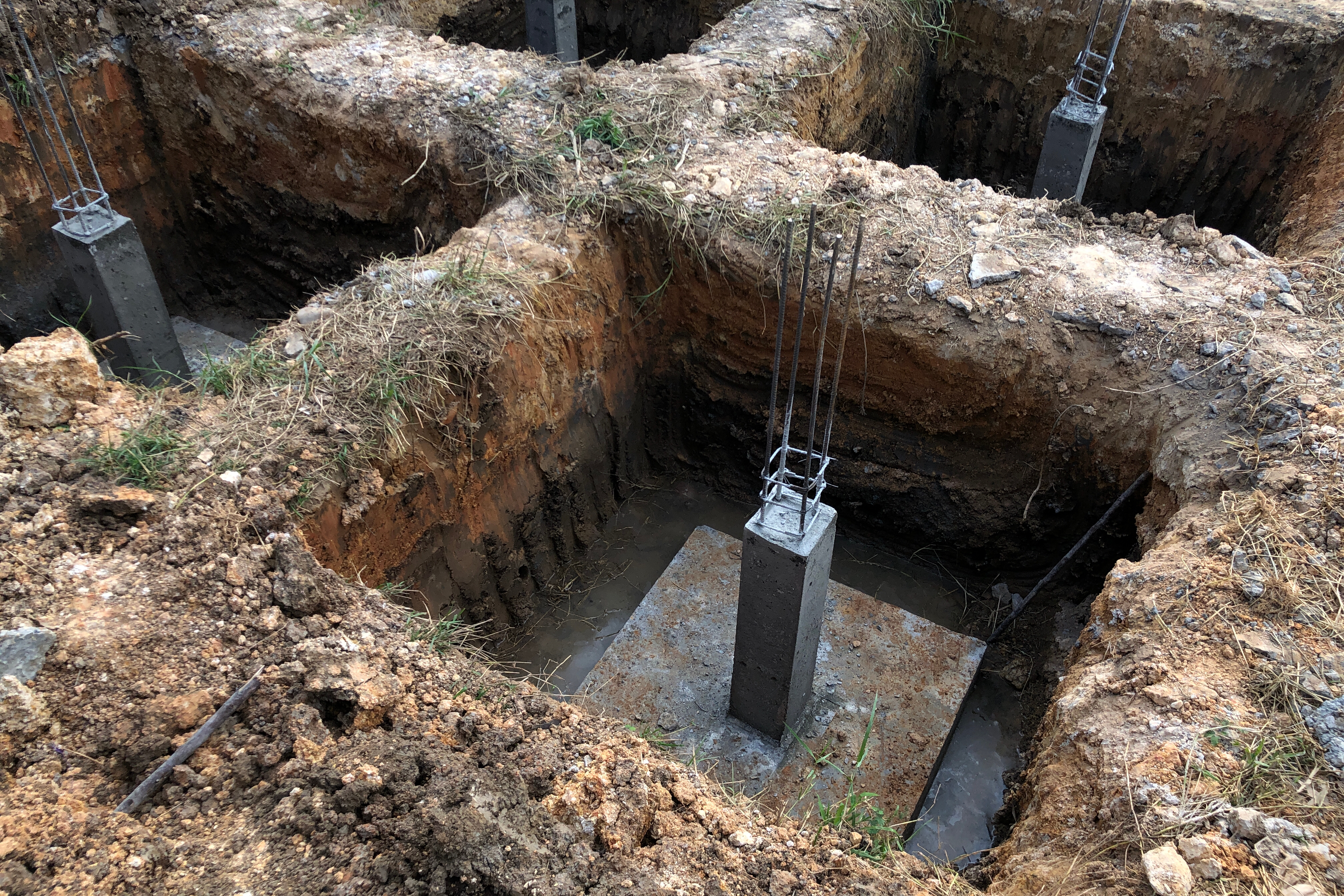Introduction
Choosing the right foundation is critical, as it depends on factors like soil type, region, and the structure’s purpose. From shallow foundations for firm soils to deep foundations for waterlogged or loose soils, each type has its own role. This quiz will test your knowledge of foundation types and their applications. Ready to lay a solid foundation for your learning? Let’s begin!
01 /
Which foundation type is described as "low-maintenance, cost-effective, and ideal for small to medium buildings"?

-
a) Pile Foundation

-
b) Shallow Foundation

-
c) Well Foundation

-
d) Composite Foundation

02 /
What type of shallow foundation is suitable for regions with firm soil, like Rajasthan?

-
a) Strip Footing

-
b) Raft Foundation

-
c) Pad Foundation

-
d) Pile Foundation

03 /
Which foundation type is recommended for waterlogged regions like Kerala and West Bengal?

-
a) Raft Foundation

-
b) Isolated Footing

-
c) Floating Foundation

-
d) Pad Foundation

04 /
What is the primary use of pile foundations in cities like Mumbai and Chennai?

-
a) They anchor buildings on loose or coastal soils.

-
b) They act as retaining walls on slopes.

-
c) They simplify lightweight construction.

-
d) They distribute loads evenly on solid ground.

05 /
Which foundation type is often used in underwater constructions such as bridges in Assam?

-
a) Caisson Foundation

-
b) Floating Foundation

-
c) Well Foundation

-
d) Composite Foundation

06 /
What is the defining characteristic of step foundations?

-
a) They are paired with retaining walls for stability on slopes.

-
b) They distribute weight evenly over soft soils.

-
c) They are cost-effective for urban construction.

-
d) They anchor buildings in waterlogged regions.

07 /
What is a "raft foundation" likened to in the article?

-
a) A staircase

-
b) A yoga mat

-
c) A diving board

-
d) A mini platform

08 /
Which foundation is ideal for homes built on compressible clay soils like in Bihar?

-
a) Floating Foundation

-
b) Pile Foundation

-
c) Strip Footing

-
d) Raft Foundation

09 /
Composite foundations combine which two techniques?

-
a) Shallow and deep

-
b) Retaining walls and caissons

-
c) Raft and pile

-
d) Isolated and strip footings

10 /
What is the main benefit of pad foundations in regions like Gujarat?

-
a) They are designed for underwater structures.

-
b) They are simple and suitable for lightweight structures.

-
c) They spread the weight of buildings over soft soil.

-
d) They are highly cost-effective for hilly terrains.

11 /
In Himachal Pradesh or Uttarakhand, which foundation type is recommended?

-
a) Step Foundation

-
b) Pad Foundation

-
c) Floating Foundation

-
d) Raft Foundation

12 /
What is the function of retaining walls in step foundations?

-
a) They anchor buildings in coastal areas.

-
b) They stabilize soil on slopes.

-
c) They distribute loads evenly.

-
d) They protect against water seepage.

13 /
Which foundation type is described as "layered, versatile, and satisfying" like biryani?

-
a) Composite Foundation

-
b) Floating Foundation

-
c) Strip Footing

-
d) Pad Foundation

14 /
What foundation type is recommended for regions with sandy soil like Rajasthan?

-
a) Strip Footing

-
b) Pile Foundation

-
c) Pad Foundation

-
d) Raft Foundation

15 /
Why is soil testing important before selecting a foundation?

-
a) To determine the soil’s load-bearing capacity.

-
b) To waterproof the foundation.

-
c) To ensure the structure complies with seismic standards.

-
d) To find the most cost-effective foundation type.

Related articles
Sign up for the newsletter
If you want relevant updates occasionally, sign up for the private newsletter. Your email is never shared.



















